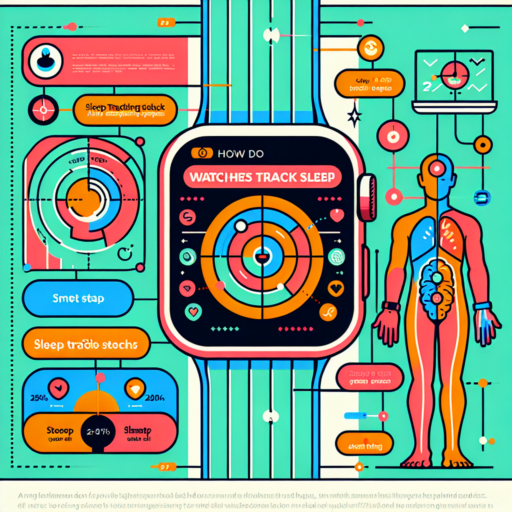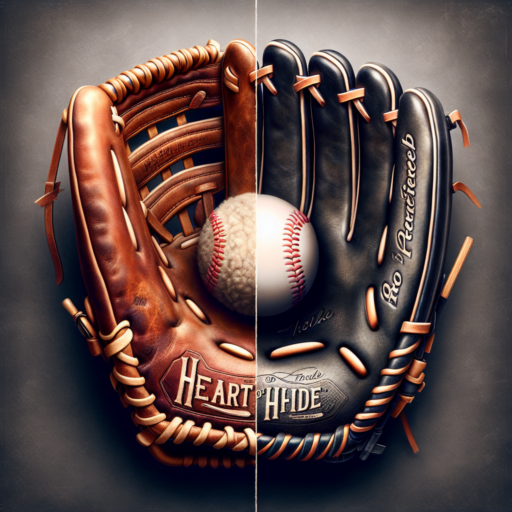No se han encontrado productos.
How accurate are watches that measure sleep?
Wearable technology has advanced significantly over the years, with many devices now offering sleep tracking as a major feature. But the question that often arises is, how accurate are watches that measure sleep? These devices use a combination of sensors and algorithms to monitor sleep patterns, including lengths of REM, light, and deep sleep stages. However, the accuracy of these measurements can vary based on several factors.
Factors Affecting Sleep Tracking Accuracy
The accuracy of sleep-tracking watches can be influenced by the individual’s sleep behavior, the type of technology used in the watch, and how the device is worn. Watches with advanced sensors that monitor heart rate, movement, and even blood oxygen levels tend to offer a more in-depth analysis of sleep patterns. Nonetheless, discrepancies can arise if the watch is not worn correctly or if the wearer has specific sleep disorders.
Another aspect to consider is the algorithm that interprets the data collected by the watch. These algorithms play a crucial role in how sleep stages are identified and categorized. Manufacturers often update their software to improve tracking accuracy, but there’s still a margin for error given the complex nature of human sleep.
Ultimately, while watches that measure sleep provide valuable insights into sleep patterns and health, they should not be used as a diagnostic tool. Their primary benefit lies in tracking trends over time, rather than providing precise nightly data. Consulting with a sleep specialist is recommended for those seeking a detailed understanding of their sleep health.
How do watches know when you’re asleep?
Understanding how watches can detect when we’re asleep involves delving into the advanced technology and sensors that modern wearable devices are equipped with. At the heart of this functionality are accelerometers and heart rate sensors, which play a crucial role in sleep tracking. These components work in harmony to monitor movements and physiological signals that are indicative of sleep.
Accelerometers, for instance, are designed to measure the orientation and movement of the body. During sleep, our movements are significantly different than when we are awake. These devices can detect the lack of movement or the gentle, rhythmic movement such as the slight tossing and turning that occurs during sleep. This data is then analyzed to determine the wearer’s sleep state.
Another critical component is the heart rate sensor. During different phases of sleep, our heart rate varies. For example, during the deep sleep phase, our heart rate slows down, and this change is something that modern smartwatches can detect. By correlating this data with movement data, watches can accurately determine not just when you fall asleep but also the quality and phases of your sleep.
How does sleep tracking work on watch?
Sleep tracking on watches is a revolutionary feature that leverages a combination of sensors and advanced algorithms to provide insights into your sleep patterns. At its core, this technology works by monitoring your movements and physiological signals while you rest. The primary sensor used for this purpose is the accelerometer, which detects any physical motions you make during the night. Additionally, some advanced watches also use heart rate sensors to gauge the depth of your sleep by monitoring changes in your beats per minute.
The process begins when you go to sleep. The watch enters a sleep mode, either automatically, based on your lack of movement and nightly routine, or manually, if you set it to track sleep at a specific time. Throughout the night, the watch collects data, noting how often and when you move. These movements are important markers, distinguishing between the light and deep stages of sleep. For example, during REM (Rapid Eye Movement) sleep, your body is almost entirely still, but your eyes move rapidly, and your heart rate might increase, signaling to the watch another phase of sleep.
Beyond movement and heart rate, advanced sleep tracking watches may also measure other indicators like oxygen levels in the blood and ambient noise levels, offering a more comprehensive view of your sleep environment and its quality. This data is then processed through algorithms that interpret your sleep patterns, breaking them down into understandable metrics and graphs. In the morning, you can review these insights on your watch or a connected app, helping you understand not just how long you slept, but the quality of that sleep and how it might be improved. This detailed analysis is crucial, as it can reveal underlying issues like irregular sleep cycles or sleep disruptions that you might not be aware of.
How does my watch track my sleep stages?
Understanding how your watch tracks sleep stages involves delving into the sophisticated technology it employs. Most smartwatches use a combination of motion detection and heart rate monitoring to gather sleep-related data. The core technology behind this tracking is known as actigraphy. Through actigraphy, the device measures your movements during sleep, leveraging an accelerometer to detect when you’re likely in deep sleep versus more active or awake periods.
In addition to movement data, your smartwatch monitors your heart rate variability (HRV) to enhance the accuracy of sleep stage classification. During different sleep stages, your heart rate and breathing patterns change. For instance, during REM (Rapid Eye Movement) sleep, your heart rate increases, mirroring your waking heart rate, while it decreases during deep sleep phases. By analyzing these variations, the smartwatch algorithm can make educated guesses about when you transition between light sleep, deep sleep, and REM sleep stages.
While it’s fascinating to see the technology at work, it’s important to consider the limitations and accuracy of wearable sleep tracking. Factors such as the position of the watch on your wrist and individual differences in sleep patterns can influence the data’s reliability. Nevertheless, for many, this technology offers valuable insights into sleep habits, potentially improving overall well-being.




